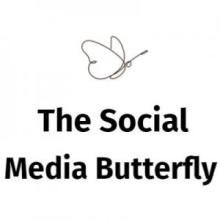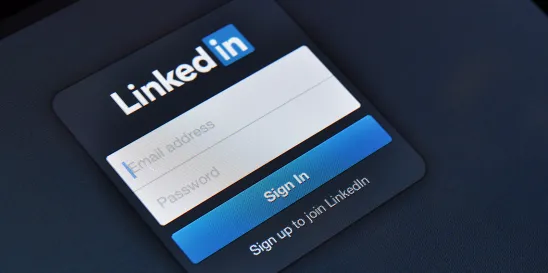Navigating LinkedIn can often feel like trying to stand out in a sea of suits at a crowded industry conference. For business executives and C-level professionals, the stakes are even higher; your LinkedIn profile isn’t just a digital resume—it’s a 24/7 networking event, a personal branding billboard and a leadership podium all rolled into one.
With this in mind, I’ve put together a checklist that isn’t just a set of tasks. It’s a roadmap to helping you master LinkedIn, tailored specifically for those at the helm of businesses and organizations.
This guide is about more than just ticking boxes; it’s about weaving the very fabric of your professional identity into a narrative that resonates, leads and connects.
Whether you’re looking to polish your profile to a high executive shine, establish your thought leadership or cultivate a network that’s as engaged as it is expansive, this checklist is your first step toward making your LinkedIn presence not only seen but felt.
By developing clear content pillars and following through with a consistent, engaging content strategy, you can effectively enhance your professional brand, demonstrate industry leadership and foster meaningful connections on the platform. Here’s how.
1. Define Your Brand Persona
- Identify your professional strengths and unique value proposition (what distinguishes and separates you from your peers and competitors?)
- Determine the personal traits you want to highlight (e.g., thought leader, innovator, problem solver).
2. Understand Your Audience
- Define your target audience(s) on LinkedIn (e.g., industry peers, potential clients, referral sources, past colleagues, the media, current employees, future employees).
- Research the interests, needs and challenges of your audience.
3. Establish Your Content Pillars
- Industry Insights: Share trends, news and your analysis on where the industry is headed.
- Leadership & Management: Offer advice on leadership, team building and corporate culture.
- Success Stories: Discuss case studies, work experience or successes that showcase your achievements.
- Innovation & Technology: Highlight emerging technologies, innovations and how they impact your industry.
- Personal Development: Provide tips on career growth, continuous learning and personal branding.
- Behind the Scenes: Give a glimpse into your daily work life, company events or personal milestones that relate to your professional journey.
4. Content Creation & Curation Strategy
- Decide on a content mix between original posts, articles, videos and curated content.
- Plan a content calendar to maintain a consistent posting schedule (about 2 to 3 times per week).
- Allocate resources for content creation, including tools, time and possibly team members or external help.
5. Engagement Plan
- Set aside time daily or weekly to engage with comments on your posts and to comment on other relevant posts.
- Actively network by sending personalized connection requests and messages, and responding to your connection requests.
6. Performance Monitoring
- Use LinkedIn analytics to track the performance of your posts to better understand what resonates (and what doesn’t) with your audience.
- Adjust your content strategy based on analytics insights and follower feedback.
7. Continuous Learning
- Stay updated with LinkedIn features and best practices for content creation and engagement.
- Seek feedback from your network on the value they’re getting from your content.
8. Personal Branding Consistency
- Ensure your LinkedIn profile is up-to-date, reflecting your current roles, achievements and the content pillars you’ve established.
- Regularly review and update your profile to keep it aligned with your evolving personal brand and strategy.




 />i
/>i
